Healthcare
The Pill Counting App
Identify, Sort & Count Different Denominations of Pills based on Image Recognition
Pill & Tablet Counting Device
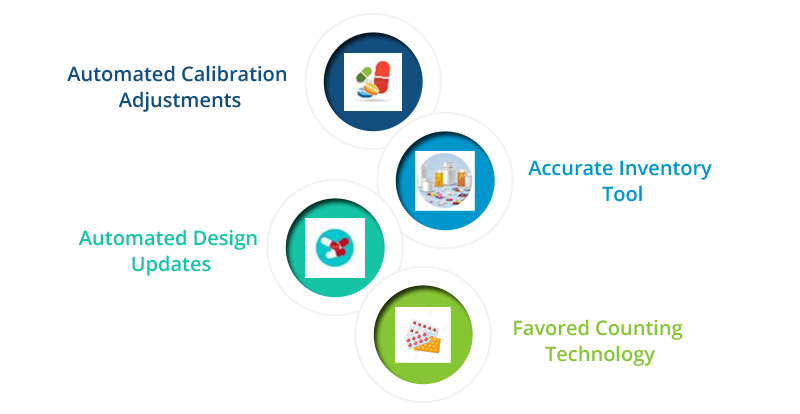
Business Problem: Manual counting and sorting of pills is time-consuming, inaccurate and outdated.
Concept : An Artificial Intelligence model developed using the TensorFlow framework to apply deep learning for image classification training and application on the AWS Platform.
Proposed Solution: A Machine Learning based application, which takes input of user-uploaded images of pills to be counted and the system counts the number of pills in the image and outputs results.
Advantages: Besides the speed and accuracy, the model also offers easy updates on pill types and varieties and a powerful upgrade to pill inventory technology.
Business Impact

- Simple and reliable tool to streamline the process of medical product delivery from prescription to patient.
- Eliminates inadvertent mix-ups, wrong dosages, contamination, and other unfortunate events caused by error-prone manual counting.
- A measurably more efficient system that scales to demand and presumably lowers patient risk.
- Shifting healthcare professionals away from the mechanical aspects of their jobs to focus more on the more intellectually demanding, socially engaging and emotionally rewarding parts of their jobs: patient care.
Technical Approach
Technical Approach: The key stages of Machine Learning are training/learning and prediction/classifying. We applied the following approach:
Challenge: To develop & deploy a Deep learning model based on Image Recognition on the AWS Cloud using the TensorFlow framework while factoring in Memory, CPU, scale, and latency considerations
Data Science Toolkit : An Artificial Intelligence model developed using the TensorFlow framework to apply deep learning for image classification training and application on the AWS Platform.
- The application was developed by setting up a virtual environment in Anaconda for Tensorflow-GPU with several additional Python packages, OpenCV Libraries. The Faster-RCNN-Inception-V2 model was used for better accuracy.
- The model was developed to learn with training data by optimizing the algorithms and programming the model accordingly.
- To train a robust classifier, contrasting images of with random objects with a variety of backgrounds and lighting conditions were added along with the images of the desired pills to the data set.
- The targeted pill images were annotated with a labelling tool. An object detection training pipeline was applied to define the model and parameters to be used for training.





Drug Review Analysis
Perform Sentiment Analysis of Customer Drug Feedback
Pharmaceutical Products Sentiment Analysis
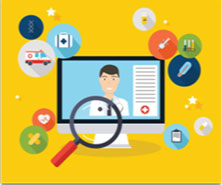
Business Proposition
Opinion mining (or sentiment analysis) applied through natural language processing, text mining, and speech recognition in context of online customer review mining on various pharmaceutical products.
Evaluation performed based on the frequency of a particular medicine usage, customer personal satisfaction, influential marketing products strategy, online pharmaceutical suggestions and prescriptions, and the impact of specific medicines on health, etc.
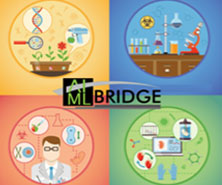
Data Ocean
The software will focus on sentiment analysis of multiple customer reviews on different medicines from different backgrounds, locations and ages to evaluate the quality and satisfaction with that product.
The customer will be provided a rating scale with stars ranging from one to ten. The sentiment approach will help pharmaceutical enterprises improve and maintain the quality of product services based on the review of customer.

Objective
The software will use lexicon-based approach for sentiment classification according to positive, negative or neutral type of polarity to a limited extent.
The accuracy and reliability of results could be a challenge when parsing complex sentences and words due to insufficient and undistinguishable data, but our model will factor that resistance into the prognostication.
Voyager
A Cloud-based Real-time Data Collection & Analysis Tool
Voyager Data Repository Tool

Scope & Requirements
- Design and develop a digital system to manage & monitor patient activity under ongoing trial sponsored by client
- Capture & store micro details of patient activity for deep analysis
- Interact with multiple devices and platforms on real-time basis to fetch data and store in a centralized repository
- Develop a centralized system to monitor data flow, detailed visual metrics for analytics

Scope Seek & Solution Design
- Develop a Cloud based scalable application using Java as backend and Front end system using modern web interface with HTML
- Bridge multiple data acquisition devices and platforms through native API interfaces deployed on cloud.
- Design on premise DB and a reflection on AWS S3 for secondary data storage and management
- Develop centralized reporting system for detailed data visual reports flowing from wearable devices using SpotFire.
- Include Machine Learning capability to get deep insights into data
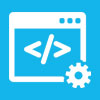
Development Strategy
- Application design & development for Cloud Architecture System with provisions setup for data collection from external platforms like Qualcomm Life2Net & ActiGraph
- Device specific (ActiGraph, Striiv) Customized Coding developed & integrated into application
- RDS DB server for deployment on the AWS EC2 instance with S3 storage for raw data
- Highly available system design supports continuous monitoring & validation of inflow data from device specific platforms
- Real time data processing & storage locally & on the cloud
- SpotFire for data integration & visualization with customized, multi-dimensional views
- Detailed reports & metrics at macro & micro level for each activity collected from acquisition devices
Voyager Data Analysis & Storage

Data Collection
Sensor devices transfer data to Qualcomm 2Net app. App transfers data to Qualcomm cloud.
Qualcomm cloud sends data to Voyager.
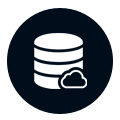
Data Storage
Raw data is stored in S3 buckets.
Processed data then stored in the AWS RDS Oracle 12C database.

Data Analysis
Analytical platform uses Spotfire tool in pilot study.
Potential analytical toolkit under consideration for production.
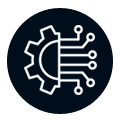
Data Integration
Processed data transferred to client network in periodical intervals or on demand.
Voyager System Architecture
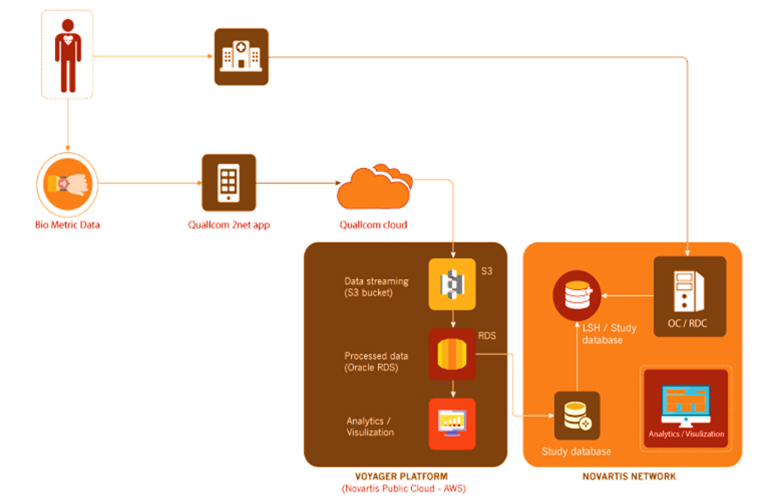
FIRST
A Collaborative Platform to Record, Analyze & Manage Risks & Issues in Clinical Trials
Facilitated Issue & Risk Surveillance Tool

Scope & Requirements
- Design & develop a collaborative platform for recording Risks & Issues for clinical trials
- Provide a role based access system to analyze, comment and co-ordinate on formalizing applicable risks & issues
- Provide multivariate reports presenting deep insights for clinical trial risks & issues
- Centralized Risk & Issue management system with multiple downstream application support – API Gateway based dataflow control
- Machine Learning and AI auto categorization and suggestion for Risk & Issue creation
- Text and content mining system using Machine Learning techniques to extract and record text matching context from external data sources

Scope Seek & Solution Design
- Developed Modern UI/UX platform using ReactJS and Java as backend architecture
- Implemented multilevel interchangeable role based access system for recording and managing Risks & Issues
- Centralized data connectivity through API Gateway integration for consuming data from external downstream applications
- Machine Learning system design based on NLP/NLTK to analyze text, context and present appropriate matching Risks & Issues from system
- QlickSense integration for high level visual and low level detailed reports with micro details based on multi level filter selections.
Machine Learning Architecture
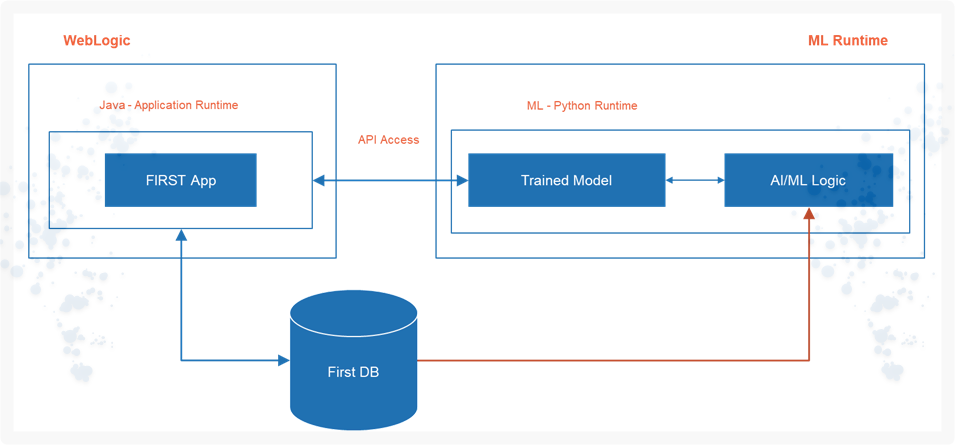
Clinical Resource Allocation Monitoring
Clinical Resource Allocation Monitoring: Overview of Past, Present & Future CRA Workload
CRA Manager Capabilities
Key Functionality
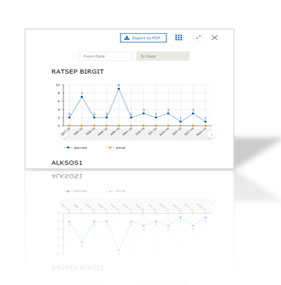
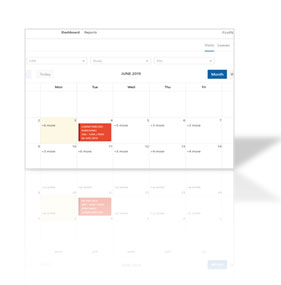
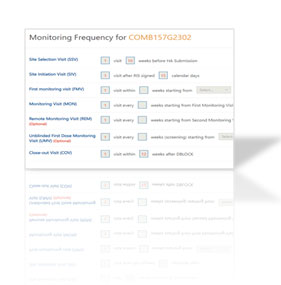
- Analyze the past, current and future workload of the team for swift allocation.
- Get report on planned versus actual monitoring activities
- Use the "Scheduled Calendar" to see upcoming & predicted visits for the CRAs
- Check the status of visit reports of the team
- See at a glance, how many studies, countries and sites are under his oversight.
- Read and send notification to the team
- See at a glance how many trials, sites and patients are under his oversight
- See the status of past, current and future monitoring visits for all his studies
- Get all monitoring frequencies from all the studies in one place
- Let Managers know when CRA’s is on Leave
- Review the milestones for studies, countries and sites for all his trials
- Planned visits can be Added, Moved and Deleted
CRA Process Design
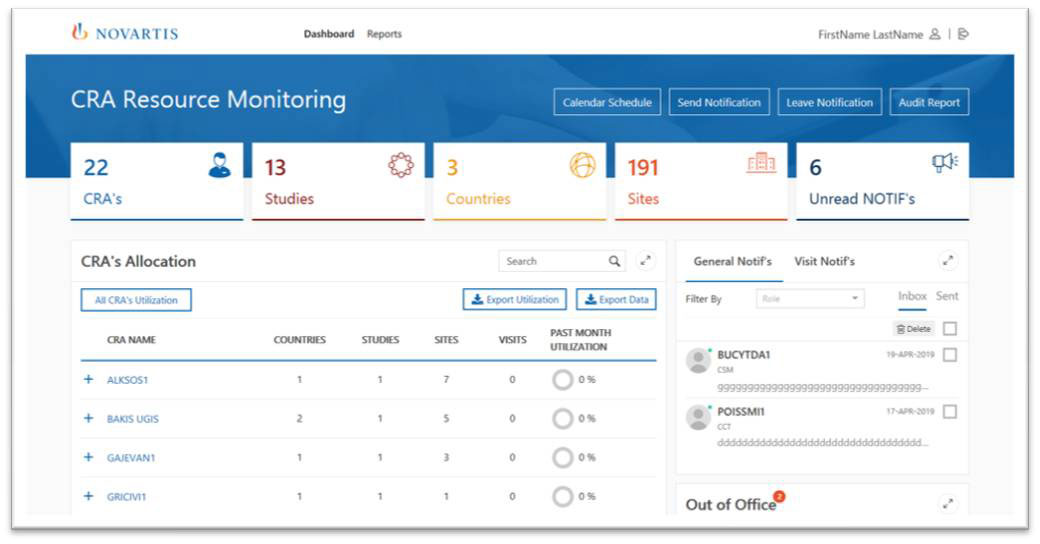
- Giver tool: Works with IMPACT
- Combines data from the IMPACT tool with the monitoring plan feedback.
- Presents a customized view based on IMPACT assignments
CRA Manager Benefits
Business Impact

- Increased efficiency for clinical and research activities.
- Support for better coordination through collaboration within research teams
- Interoperability within electronic health records and clinical trial management systems
- Better planning & monitoring for CRA visits
- Combines data from the IMPACT tool with the monitoring plan feedback.
- Presents a customized view based on IMPACT assignments